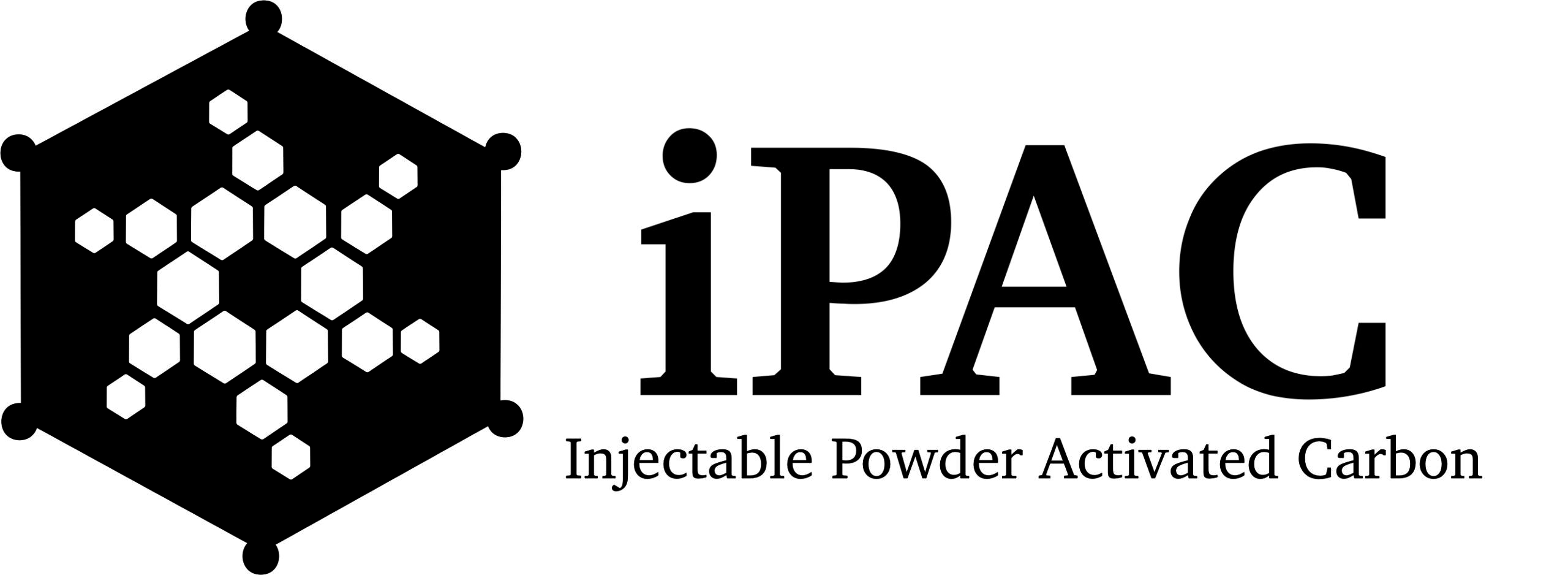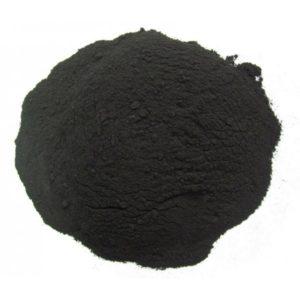
C.E.R.E.S. offers high quality and high surface (e.g. 1,000 m2/g) area powder activated carbon (iPAC) for remediation application in soil and groundwater by adsorption of organic contaminants, PFOS /PFOA (iPAC-PF), and some heavy metals (e.g. Hg) or in combination with other chemical reductive and biotic reduction reagents. Adsorption can significantly retard contaminant migration and decrease dissolved phase concentrations in groundwater. Alternatively we can combine with proppant like reagents or materials to enhance permeability at those clay or fractured rock sites; this may be ZVI, sand, or other granular reagents. Not even pure water can be injected through clay or rock without fracturing the tight soils. So why go colloidal if you have to fracture anyways.
Would you like a quote for your project or a sample of one of our zero valent iron products? We can help –

Physical Properties
Form: Powder, D50: 15 microns, >90% less than 44 microns
Solubility in Water: Not soluble
Color: black
99% Purity depending on grade
Fine Powder to coarse grain size available
Highly reactive
Surface area 1,000 m2/g
Sequestration of organic compounds or heavy metals in impacted soil and groundwater Remediation is a remedial technology that has been employed for many decades around the world by highly specialized remediation engineers who understand the chemistry well and its application. High adsorptive capacity and high surface area Powder Activated Carbon is much more than a low cost adsorptive media when instituted with a well developed remedial strategy. When working with CERES, you are not just getting something to inject, you are getting a product we engineered for your specific site! We modify our products to your site so you are getting more attention and a tailored solution that will do more than achieve chemical reaction, we are talking about a change in the fate and transport processes by both hydrogeologic, geochemical and redox reactions.
iPAC is very effective in low permeability formations when injected into silts and clays (Winner and Fox, 2016) or combined with sand proppant to improve hydraulic conductivity and preferential pathways for more rapid diffusion and effective capture of VOCs. Increasing adsorptive capacity within the formation with media, like iPAC, allows for natural adsorptive accumulation of contaminants and bacteria over time to facilitate the formation of active biofilm and enhanced biodegradation processes (Voice et al, 1992). The combined effects often result in synergistic processes that significantly reduce the time to reach remedial objectives. The coupling of adsorption and degradation reduces the potential for contaminant rebound that is frequently observed with conventional remediation technologies such as chemical oxidation or mechanical processes (e.g. pump and treat and dual phase extraction).
The addition of sufficient iPAC into the target treatment zone of the aquifer, allows for rapid adsorption/sequestration of the contaminants of concern. This allows for reduced dissolved phase concentrations in the aquifer, verified by reducing trends in groundwater monitoring wells. The reduction in dissolved phase compounds, increases rates of diffusion of adsorbed phase contaminants into the aquifer, thereby reducing the overall time of remediation. It is imperative that a biotic or abiotic process is employed to complement iPAC to ensure destruction of target COCs occurs over time. iPAC decreases the high concentrations in soluble phases that may aid in reducing the lag time for biodegradation to escalate (Aktas, et al, 2012).
iPAC is ready to inject with guar or crosslinked gels for hydraulic fracturing methods. It is commonly employed to support barrier applications to reduce or eliminate off-site transport of VOCs, to stabilize hot spots not otherwise economically addressed by other methods, and to complement plume remediation strategies. Yes, it can also be used for PFOS/PFOA sites. Ask about iPAC-PF to learn more.
iPAC is non-corrosive to underground structures or piping systems and non-toxic.

2024 © CERES Remediation Products. All Rights Reserved.